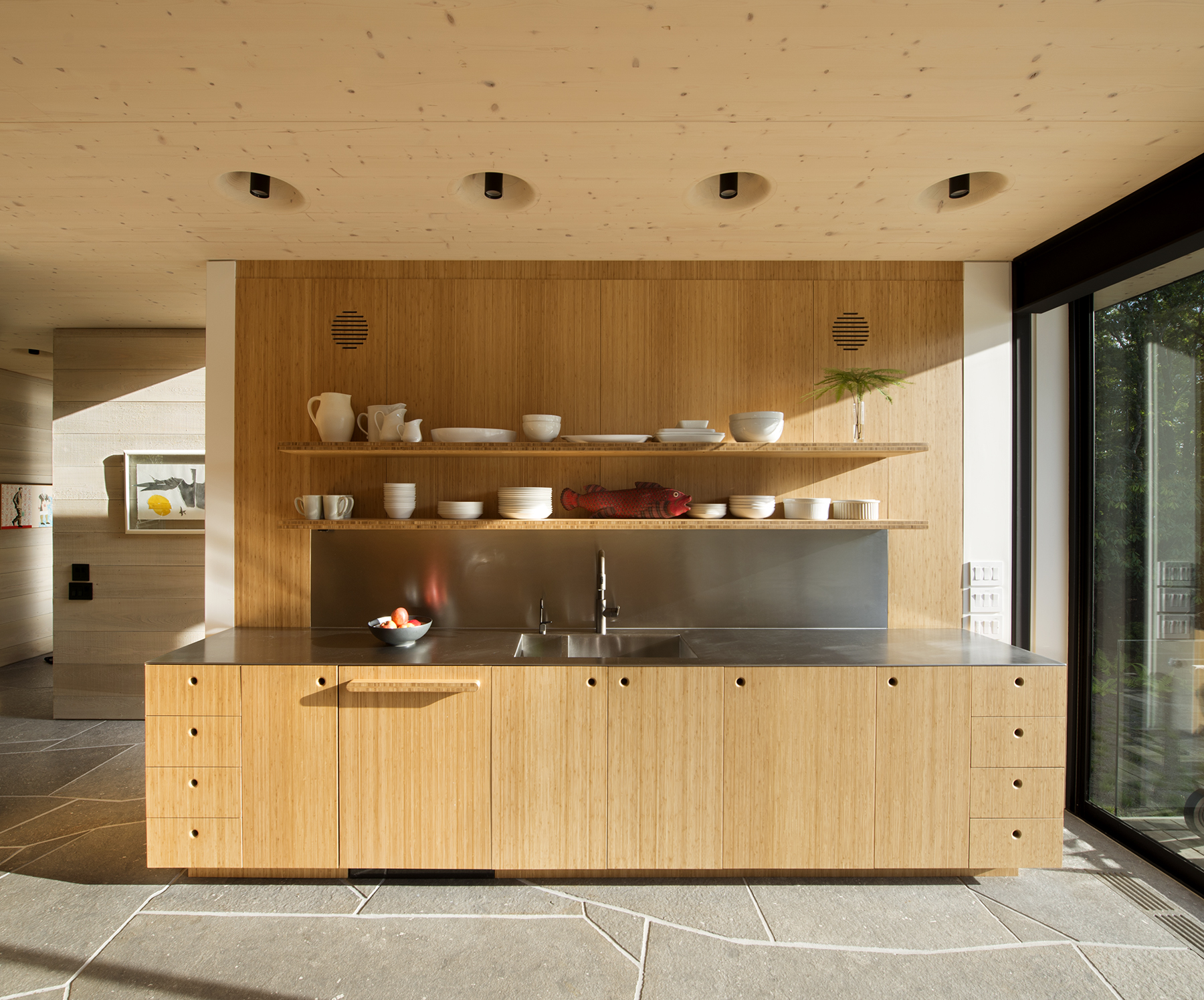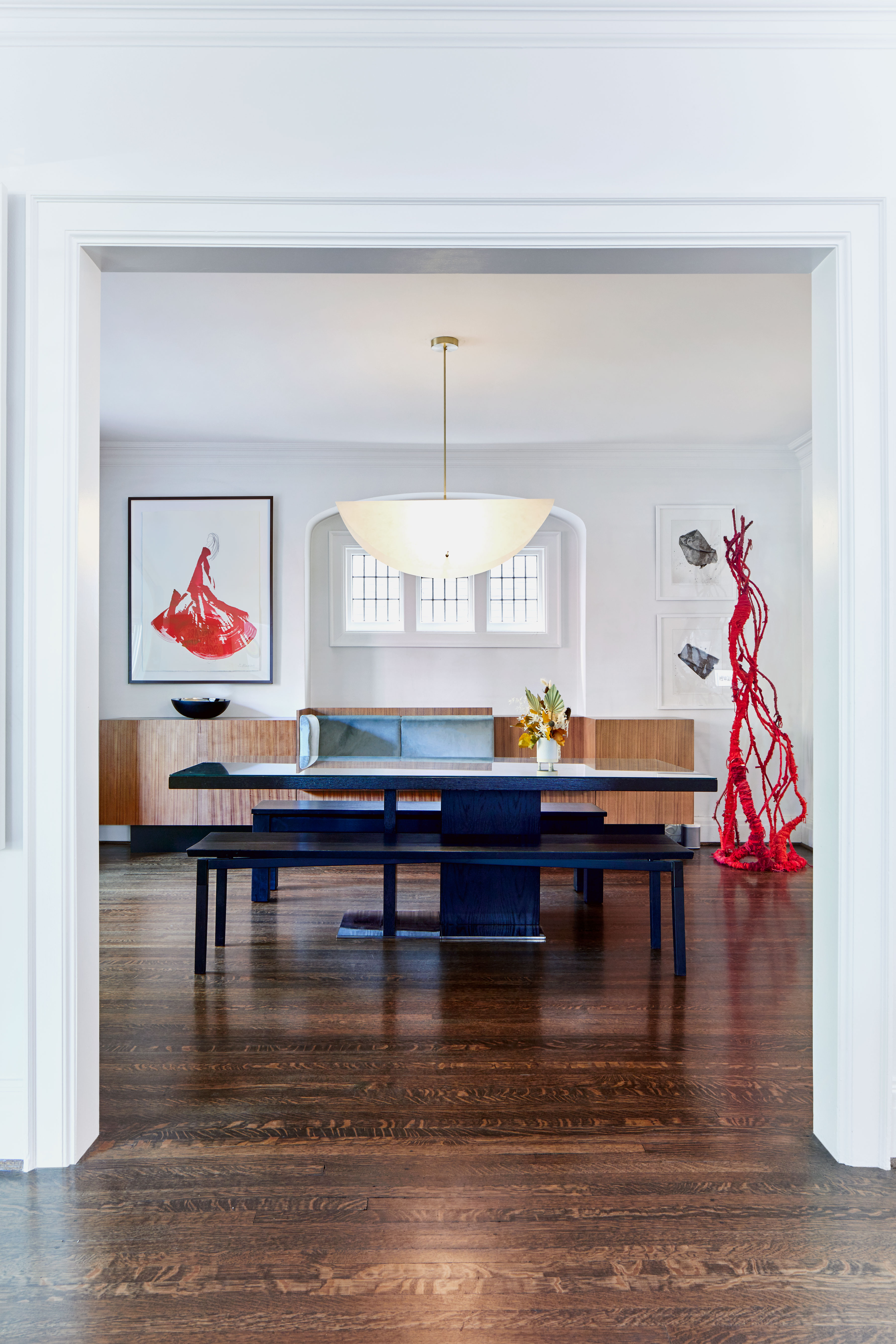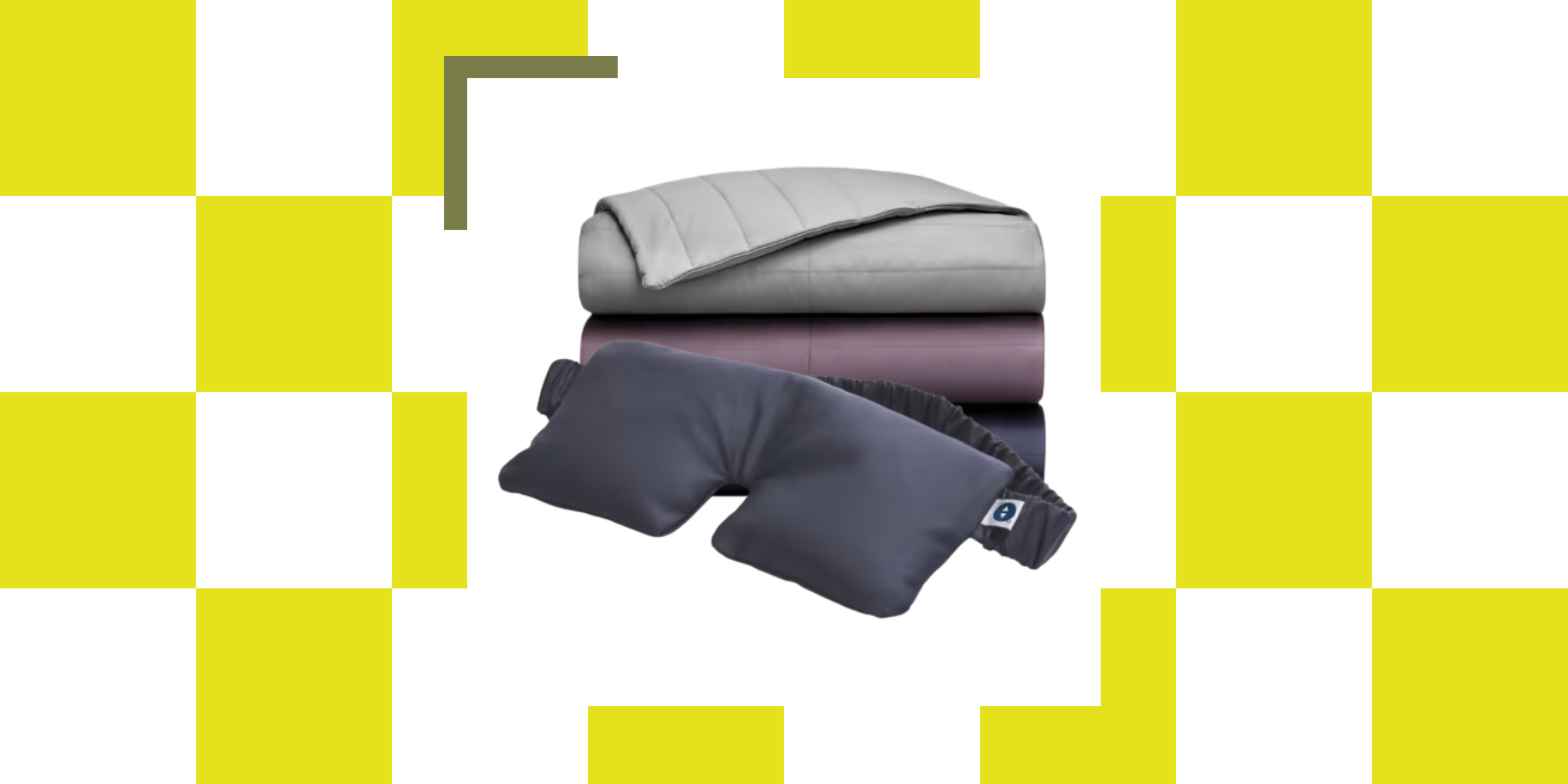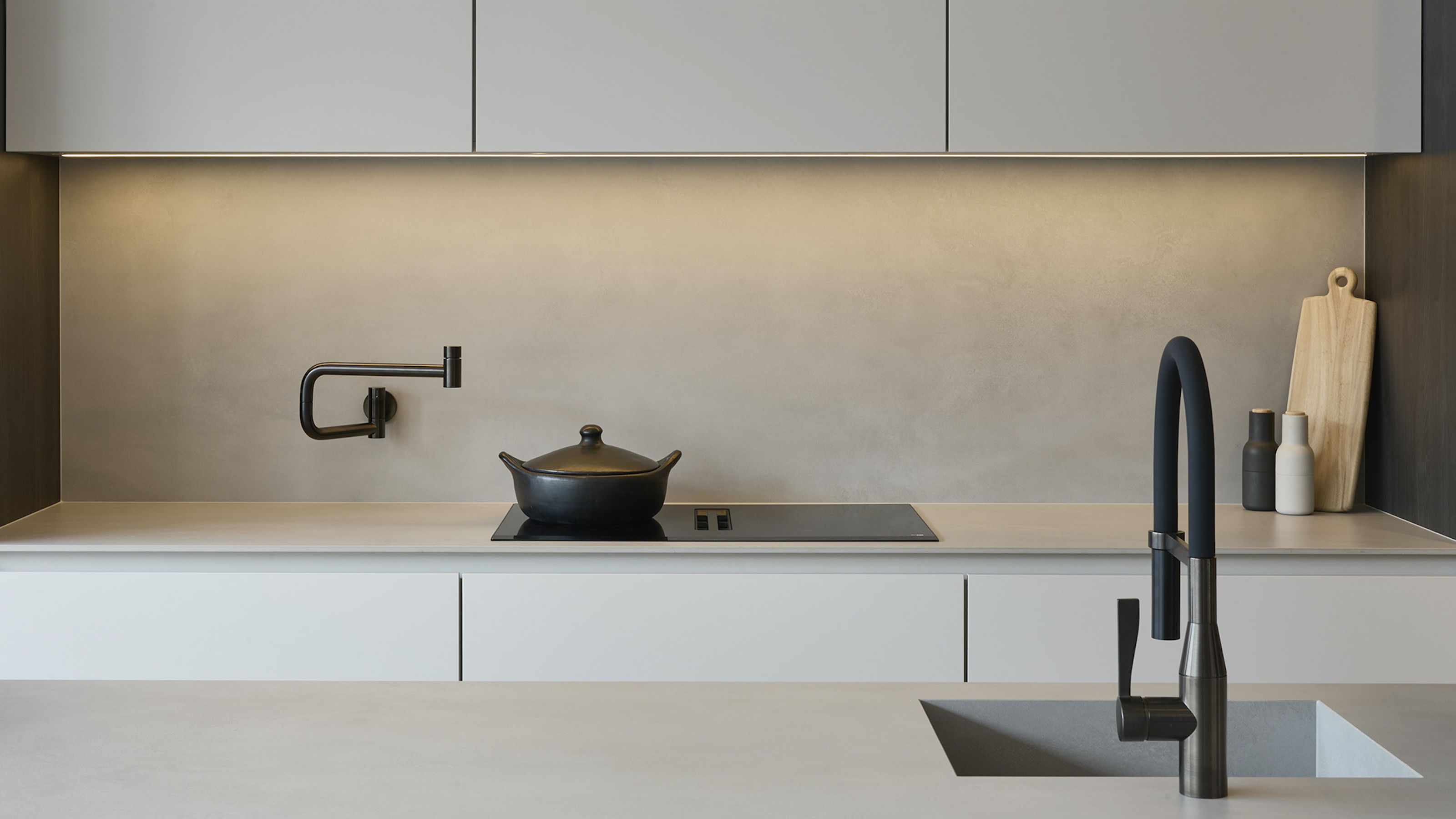At Last! A 101 Guide to Cleaning Flooring That Will Restore The Splendor of Tile, Stone, Wood, and More
Our experts have put together a guide on how you can refresh your flooring and make them look as good as new


Cleaning your floors might seem like a straightforward task, but not all flooring materials can be cleaned the same way. Each type of floor requires specific care and cleaning methods to maintain its aesthetic and durability. While some floors are more forgiving of moisture and scrubbing, others demand a more gentle approach to avoid damage.
From tiles that endure heavy foot traffic to the warmth of hardwood or the sleek finish of laminate, there are a number of durable types of flooring available, with every surface adding a different charm to the space. With a little know-how, cleaning any type of floor can be straightforward and stress-free.
This guide will walk you through cleaning four popular flooring types — tile, stone, wood, and laminate. With the right techniques and tools, your floors will not only stay clean but also retain their original allure for years to come.
How to Clean Different Types of Floors
Whether it's kitchen floor tiles or wood flooring — understanding the characteristics of these floor types is crucial for proper maintenance.
Each floor type has its own advantages and challenges when it comes to cleaning. Here's what you need to know to get ahead and refresh your home for the year ahead.
1. Tile

"Tile floors are a favorite in kitchens, bathrooms, and high-traffic areas due to their durability and water resistance," says Uliana Miklyukh, owner of Illinois based cleaning company EuroMaid. "Cleaning tile floors involves two main components: the tiles themselves and the grout in between."
Step 1. Daily Care: Sweep or vacuum tile floors regularly to remove loose dirt and debris. This prevents scratches caused by gritty particles. For tile floors we like the Dyson V12 Detect Slim from Amazon. As well as being incredibly lightweight, the V12 Detect also reveals invisible dust, allowing you to vacuum the floor more effectively before cleaning.
Step 2. Deep Cleaning: Use a mop with warm water and a mild detergent such as 9 Elements Natural Liquid Laundry Detergent from Walmart. Avoid harsh chemicals like bleach that can dull the tile’s finish. A mix of equal parts water and vinegar is a natural alternative that’s effective for ceramic or porcelain tiles.
Step 3. Grout Maintenance: "Grout can be a magnet for dirt and stains," says Uliana. "Use a toothbrush dipped in a baking soda paste to scrub grout lines gently. For tougher stains, a small amount of hydrogen peroxide can help."
Step 4. Drying: Always dry tile floors with a clean cloth or towel to prevent water spots and streaks.
2. Stone

In order to preserve the integrity and quality of stone flooring, such as marble, granite, or travertine, more care must be taken. Stone floors are more porous by nature and are sensitive to acidic cleaning products, so specialized stone floor cleaners should be used instead.
Step 1. Regular Sweeping: Dust mop or sweep stone floors daily to prevent scratches from dirt and debris. Avoid using a vacuum with a beater bar, which can damage the surface.
Step 2. Gentle Cleaning Solution: Use a pH-neutral stone cleaner such as Zep Neutral PH Industrial Floor Cleaner from Amazon or a mix of mild dish soap and water. Harsh or acidic cleaners like vinegar or lemon juice should be avoided as they can etch the stone.
Step 3. Avoid Excess Water: Excess water can seep into the stone, causing discoloration. Mop with a damp, not soaking, mop and dry the floor immediately with a soft towel.
Step 4. Seal Regularly: Sealing stone floors annually (or as recommended by professionals) helps prevent staining and makes daily cleaning easier.
3. Wood

"Hardwood floors are a timeless aesthetic that enhances the overall warmth of your home," says Alex Varela, General Manager of Dallas Maids.
Alex continues: "However, maintaining hardwood floors requires care and attention, as they are susceptible to scratches, water damage, and wear over time."
Here is a thorough guide on how to clean wood floors correctly.
Step 1. Dust and Sweep: Use a microfiber mop or a soft broom daily to remove dust and debris. Avoid traditional vacuums that might scratch the wood.
Step 2. Spot Cleaning: Clean spills immediately with a dry or slightly damp cloth to prevent stains and warping.
Step 3. Mopping Tips: Use a hardwood-specific cleaner and a barely damp mop. Too much water can seep into the wood, causing it to swell or crack.
Step 4. Recoat and Polish: Regularly polish hardwood floors with a wood-safe polish such as Method Wood Polish from Walmart to restore their shine and provide an added layer of protection. Every few years, consider recoating to maintain the finish.
4. Laminate

Laminate kitchen flooring is a popular choice due to its ability to replicate the appearance of wood or stone flooring whilst being more cost-effective. However, laminate is a composite material, which means it requires specific care to maintain its appearance and longevity. According to Alex, one of the most critical aspects of cleaning laminate is avoiding excess water, as the material is highly sensitive to moisture.
Step 1. Daily Maintenance: Sweep or vacuum regularly with a soft-brush attachment to keep the surface free of dirt and grit.
Step 2. Avoid Soaking: ‘Clean laminate floors with a barely damp mop as excess water can seep between planks and cause swelling,’ continues Alex. ‘A laminate-safe cleaning solution is ideal.’
Step 3. Stubborn Stains: For tough spots, use a soft cloth with a mix of water and vinegar or a gentle laminate cleaner from Amazon. Avoid abrasive scrubbers that can scratch the surface.
Step 4. Protect the Surface: Use furniture pads to prevent scratches and avoid dragging heavy items across the floor. Regularly check for and clean up any spills immediately.
Proper floor cleaning is as much about preserving the lifespan of your flooring as it is about aesthetics. Each material has unique needs, but consistency in cleaning and a bit of preventive care can go a long way.
Whether you’re tackling stubborn grout stains on tiles or preserving the sheen of your wood flooring, taking time to clean your floors properly ensures your home stays in the same condition as the day you laid them.
Be The First To Know
The Livingetc newsletters are your inside source for what’s shaping interiors now - and what’s next. Discover trend forecasts, smart style ideas, and curated shopping inspiration that brings design to life. Subscribe today and stay ahead of the curve.

Seraphina is a contributing editor at Livingetc, writing Advice features on design, renovation and organisation. Seraphina is a qualified Interior Designer from KLC School of Design having worked at London-based interior design agencies Anouska Hempel and ND Studios. Seraphina has also completed her MA degree in Magazine Journalism at City, University of London, with previous experience including writing for Homes & Gardens, Women's Health, Food & Travel and Fabulous Magazine.
-
 The Weighted Blanket That Doesn’t Make You Sweat (and the Eye Mask to Match)
The Weighted Blanket That Doesn’t Make You Sweat (and the Eye Mask to Match)Luxury has weight. And apparently, volcanic minerals
By Julia Demer
-
 What Is Biophilic Interior Design? I'm an Actual Biophilic Designer, and This Is How to Apply It to Your Home
What Is Biophilic Interior Design? I'm an Actual Biophilic Designer, and This Is How to Apply It to Your HomeA biophilic designer explains the core principles of this practice, and the easy ways you can apply it to your home's design
By Marianna Popejoy
-
 These Are the Dos and Don'ts of Bamboo Plant Placement — Follow This to Avoid Bad Feng Shui
These Are the Dos and Don'ts of Bamboo Plant Placement — Follow This to Avoid Bad Feng ShuiBy following the experts' guidance on where to place this houseplant you can usher luck, wealth, and prosperity into your home
By Lilith Hudson
-
 Is It Okay to Have a Mirror Facing a Door in Feng Shui? The Verdict Is In and It Just Might Surprise You
Is It Okay to Have a Mirror Facing a Door in Feng Shui? The Verdict Is In and It Just Might Surprise YouDecorating your home with mirrors calls for intention if you're dressing your space in accordance with Feng Shui. Here's what you should know.
By Amiya Baratan
-
 4 Things to Unpack as Soon as You Move House — For a Comfortable and Organized Fresh Start
4 Things to Unpack as Soon as You Move House — For a Comfortable and Organized Fresh StartIf you have a major move in the works and you're looking to prepare in advance, this is the starter kit you need to properly set up your new home.
By Amiya Baratan
-
 10 Decluttering Challenges to Have on Your Radar This Year — For a Tidier, More Mindful Home
10 Decluttering Challenges to Have on Your Radar This Year — For a Tidier, More Mindful HomeIf you're interested in transforming your home for the better, here are 10 decluttering challenges I recommend for a professionally tidy space.
By Amiya Baratan
-
 Biophilic Decluttering — What to Take Out of Your Home (and What to Put in) for a More Natural Home
Biophilic Decluttering — What to Take Out of Your Home (and What to Put in) for a More Natural HomeTry your hand at biophilic decluttering to ground your interiors, connect to the environment, and cure chronic clutter in one go. Here's how.
By Amiya Baratan
-
 The 10 Different Types of Kitchen Taps — And the Pros and Cons of Each One to Know Before You Pick
The 10 Different Types of Kitchen Taps — And the Pros and Cons of Each One to Know Before You PickFrom sleek pull-outs to vintage bridge taps, explore 10 kitchen tap styles that mix function, flair, and a splash of cool
By Linda Clayton
-
 How Much Does an Extension Cost in 2025? Renovation and Design Experts Break Down Your Budget
How Much Does an Extension Cost in 2025? Renovation and Design Experts Break Down Your BudgetExplore how much different types of extensions cost in 2025 to budget for your project accurately
By Amy Reeves
-
 9 Bathroom Storage Mistakes You're Probably Making That Make Using This Space Much Harder — And What to Do Instead
9 Bathroom Storage Mistakes You're Probably Making That Make Using This Space Much Harder — And What to Do InsteadDiscover which mistakes are to blame for your overcrowded and cluttered bathroom
By Seraphina Kyprios